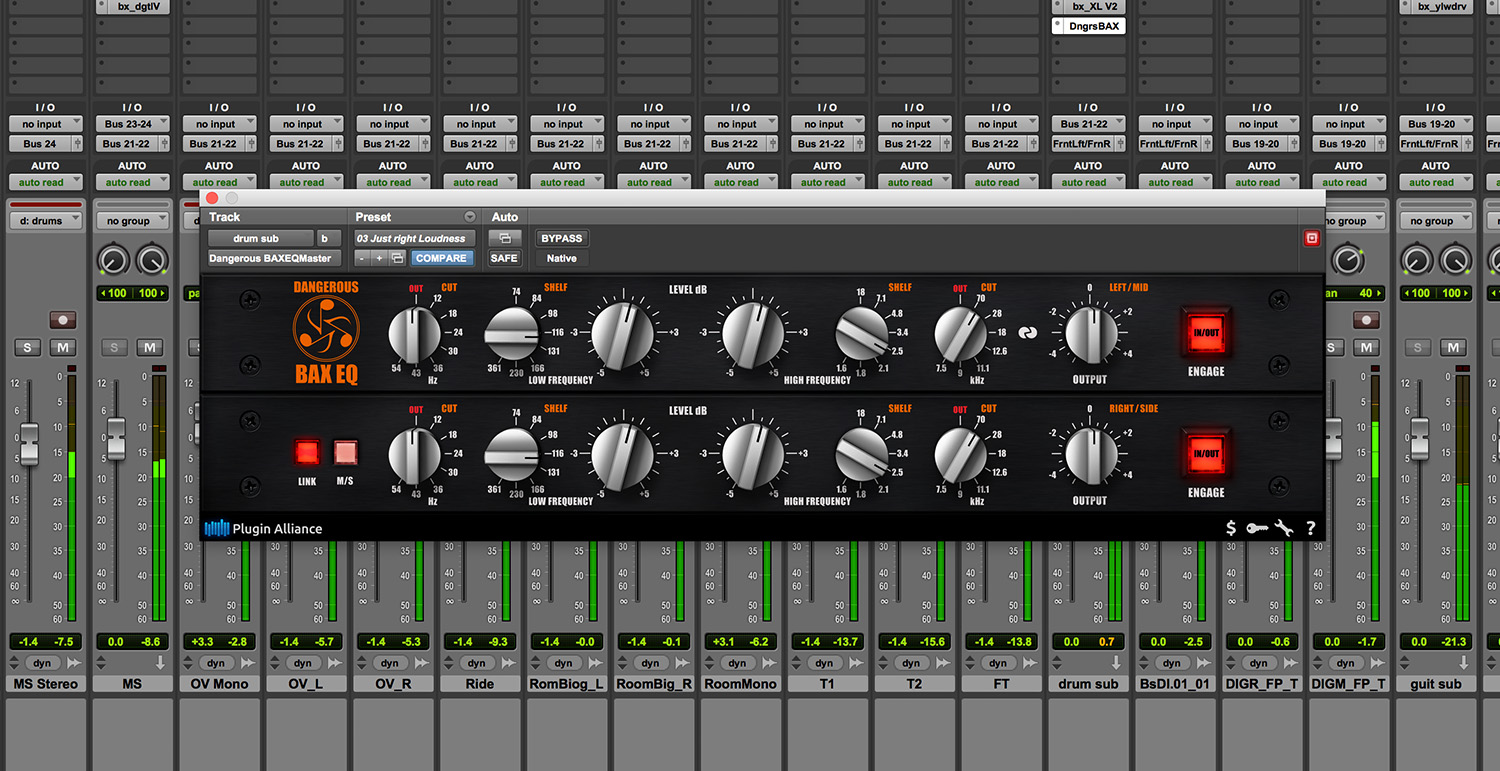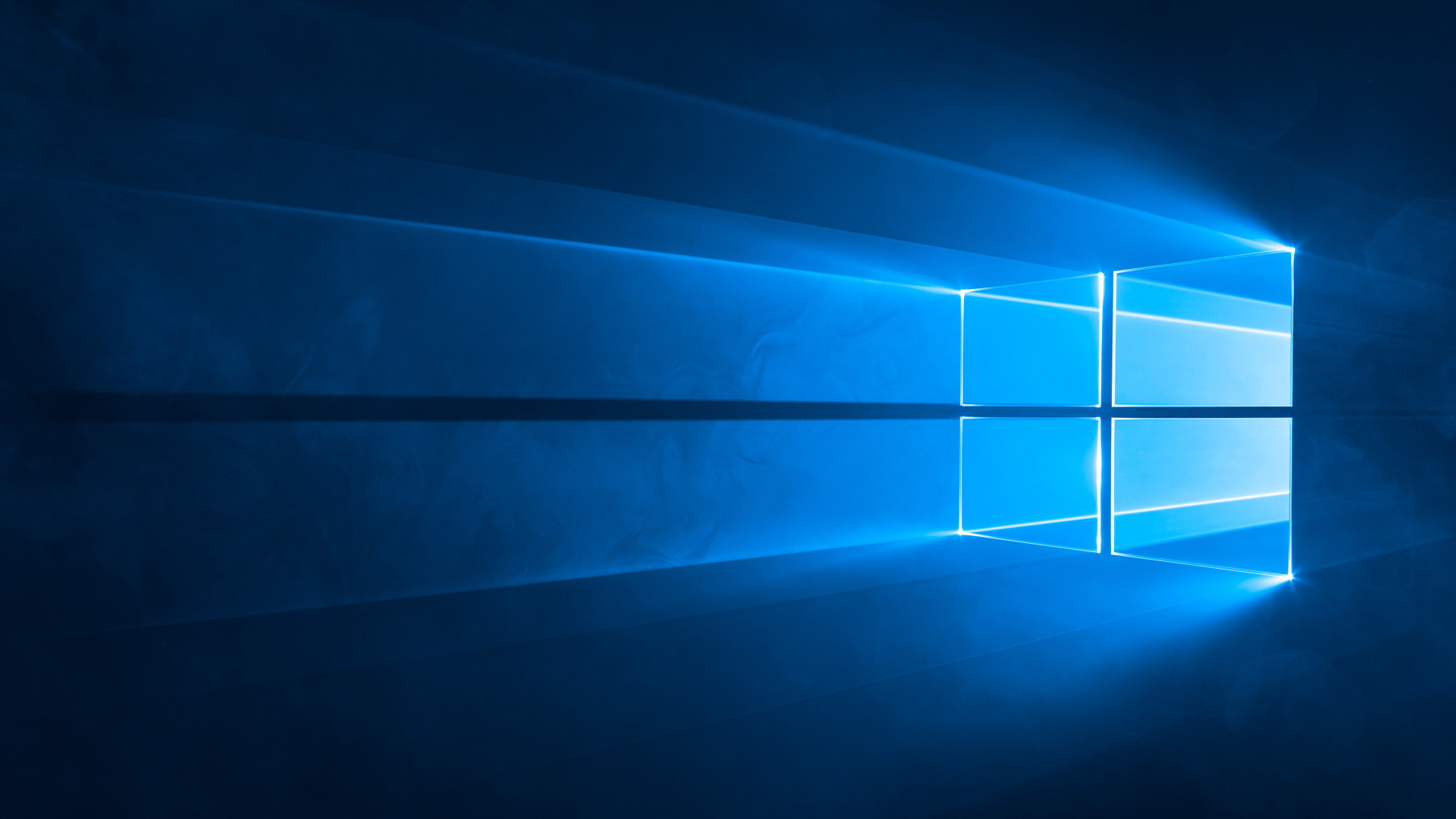- VHD: This format is used by Windows Virtual PC and Hyper-V, and is the native virtual disk format of the Microsoft Windows operating system, starting with Windows 7 and Windows Server 2008 R2. Data in this format are stored in a single file bearing the '.vhd' filename extension.
- The virtual desktop windows feature is one of the best additions to the Windows OS. So far, it seems you can have an infinite number of virtual desktops open. At last count, there were more than 250 virtual desktops open on the test machine. Also, you can create your custom windows shortcuts for various actions.
I've got VMs for Windows XP, Windows 95 and even for MS-DOS. I also have a VM for Linux Mint. When I was part of the Insiders program for Windows 10, I ran Windows 10 inside a VirtualBox virtual machine. There's nothing wrong with Hyper-V; it just demands more technical knowledge than the alternatives.
With Microsoft Windows Virtual Desktop (WVD) now in wide use, I've put together a list of the most frequently asked questions we receive, such as: What is WVD? How does it work? How much does it cost? How is it licensed? How do you access WVD and what are the tech requirements?
Read on for these answers and more information.
1. What is Windows Virtual Desktop?
Windows Virtual Desktop or WVD (also sometimes incorrectly referred to online as Microsoft Virtual Desktop or MVD) is a set of technologies from Microsoft Azure that enables IT professionals and Managed Service Providers (MSPs) to create Windows 10 virtual desktops in Azure. WVD was launched in 2019 and is the evolution of Microsoft's Remote Desktop Services (RDS) technology. Windows Virtual Desktop consists of 4 primary innovations:
- Windows 10 multi-user operating system, which allows multiple concurrent users to use a single Azure virtual machine as a desktop. Prior to WVD, this was only possible with the Windows Server operating system.
- User profiles are handled independently of the virtual machine that serves are the user's desktop. These profiles are placed in containers and the containers are stored separately from the desktop VM in Azure. This is enabled by FSLogix technology that Microsoft purchased in 2018.
- Microsoft Azure has a new Platform-as-a-Service (PaaS) offering that contains the management and connection broker functionality for WVD. It is the service that determines which users end upon which Azure virtual machine when they connect. Before Windows Virtual Desktop, this was handled by RDS server roles such as RD Gateway, RD WebAccess, RD Connection Broker, and RD License Server.
- Licensing for WVD has been drastically simplified from prior virtual desktop technologies like RDS. WVD rights are included at no additional charge with multiple Windows 10 subscriptions including Microsoft 365 and Windows 10 Enterprise.
2. How much does Windows Virtual Desktop cost? How is WVD licensed?
There are two cost components to WVD: License and Azure infrastructure. Audio recording and editing software for mac.
Windows Virtual Os Recovery Tool
Microsoft License – Windows Virtual Desktop is an entitlement of a Windows 10 subscription license. This license can be purchased as part of Microsoft 365 Business/E3/E5/A3/A5 or as a standalone subscription (e.g. Windows 10 Enterprise E3). If you already own one of these licenses there is no additional cost to use WVD from a software perspective.
If you don't already have a Windows 10 subscription license, then the least expensive option that covers WVD is Windows 10 Enterprise E3 for $7/user/month. WVD license covers the cost of the operating system (Windows 10 single user and multi-session) and the use of the WVD management service that's hosted by Microsoft in Azure.
This license also replaces the need to pay for Windows Server OS license in Azure and the RDS license, since neither of these technologies is used to deliver Windows Virtual Desktop. It is important to note that WVD covers only Azure virtual machines and cannot be used to license on-premises deployments or other clouds.
Azure Infrastructure – Once the license portion of WVD is covered, what remains is the cost of Azure infrastructure to run the virtual machines that users will connect to and use as their desktop. In addition to the desktop VMs, you will need a place to store users' profile containers and Active Directory (in addition to Azure AD). Profile containers can be stored in Azure Files or on a Windows File Server VM in Azure, and Active Directory can be Azure AD DS or traditional AD running a Windows Server VM in Azure.
The cost of all these components will include the virtual machines (compute), storage (disks and files), networking (egress bandwidth), etc. The precise cost will depend on the number of users, amount of storage per user, how many and what types of applications the users use and many other factors. The easiest way to calculate the precise cost is to use a tool like Nerdio'sAzure Cost Estimator to have it architect the infrastructure and figure out all the costs. As a rough range, the Azure infrastructure cost component for pooled desktop users (those sharing a VM or set of VMs) would be in the $10-$30/user/month, and for a personal desktop user (those with dedicated desktop VMs) being in the $60-$130/user/month range.
Windows Virtual Os Iso
3. Are there different pricing plans for WVD?
There are not. License cost is per-user and is the same no matter what type of desktop you're using. The cost of Azure infrastructure to run the virtual desktops varies based on what types of desktops you want to deploy. It is very flexible.
4. Can I subscribe to WVD?
WVD is an entitlement of any Windows 10 subscription license such as Microsoft 365 and Windows 10 Enterprise E3/E5, etc.
5. How do I access Windows Virtual Desktop?
WVD can be accessed from any modern, internet-connected device no matter what operating system it uses. It can be accessed using an installed Remote Desktop client app. This app is available for Windows, MacOS, iOS, and Android.
This is not the same app as the one that is used for accessing RDS so be sure to download the latest version. The Remote Desktop client allows a user to run both full session desktops (aka published desktop) and individual published apps (aka RemoteApps). The RemoteApps and session desktops are even added automatically into the local computer's Start Menu for easier access. WVD can also be accessed via any HTML5 compatible browser. This allows a user to run any session desktop or RemoteApp inside of a browser window or tab.
Click here for Windows Virtual Desktop End-User Experience and Multi-Factor Authentication
6. How does Windows Virtual Desktop work?

Safari browser 2019. WVD allows IT pros and MSPs to create virtual desktops and RemoteApps in Azure and publish them to users who can access them from their own devices.
Click here to read Everything MSPs Need to Know about WVD
7. How do I create a virtual desktop on Windows 10?
Windows 10 is the operating system that's primarily used to deliver Microsoft's Windows Virtual Desktop desktops to end-users.
8. How do I get started with WVD?
Windows Virtual Desktop can be quickly and easily provisioned automatically with Nerdio for Azure.
Getting started with WVD is easy. In fact, you can deploy a desktop within 60 seconds using Nerdio for Azure.
Magic hider 14 1 download free. article: 5 windows virtual desktop prerequisites
9. What are the technical requirements for running Windows Virtual Desktop?
To run WVD, you'll need a Windows 10 subscription license and an Azure environment with all the prerequisites met.
Virtual instrument software free. article: 5 windows virtual desktop prerequisites

Safari browser 2019. WVD allows IT pros and MSPs to create virtual desktops and RemoteApps in Azure and publish them to users who can access them from their own devices.
Click here to read Everything MSPs Need to Know about WVD
7. How do I create a virtual desktop on Windows 10?
Windows 10 is the operating system that's primarily used to deliver Microsoft's Windows Virtual Desktop desktops to end-users.
8. How do I get started with WVD?
Windows Virtual Desktop can be quickly and easily provisioned automatically with Nerdio for Azure.
Getting started with WVD is easy. In fact, you can deploy a desktop within 60 seconds using Nerdio for Azure.
Magic hider 14 1 download free. article: 5 windows virtual desktop prerequisites
9. What are the technical requirements for running Windows Virtual Desktop?
To run WVD, you'll need a Windows 10 subscription license and an Azure environment with all the prerequisites met.
Virtual instrument software free. article: 5 windows virtual desktop prerequisites
10. What is Windows Virtual Desktop session virtualization?
Session virtualization is a technology that allows the same Azure virtual machine to be used by multiple users concurrently, each for their own desktop session. This is in contract to VDI or personal desktops where each usergets his or her own dedicated Azure virtual machine to use as the desktop. Session virtualization is a good way to increase 'user density' and reduce costs.
11. What operating systems does Windows Virtual Desktop support?
On the Azure side, WVD supports Windows 10 Enterprise (single user), Windows 10 multi-session, and Server 2012/2016/2019. On the client side (end-user device), WVD supports all modern, internet-connected devices such as PCs, Macs, iOS, Android and any device with an HTML5 browser.
12. What hardware supports Windows Virtual Desktop?
WVD is an Azure-only technology and can only be used in the Microsoft cloud. Users of WVD can use any modern, internet-connected hardware device. There are also hardware vendors who produce thin clients designed specifically for WVD.
13. Which remote desktop clients support Windows Virtual Desktop?
WVD supports all Remote Desktop client devices that are internet-connected.
14. What are the limitations of Windows Virtual Desktop?
WVD can only be used in Azure and not for on-premises or other cloud deployments. It also requires a subscription to Windows 10 Enterprise. This must be a subscription and not a perpetual Windows 10 license.
If you'd like to try WVD, schedule your free trial now!
